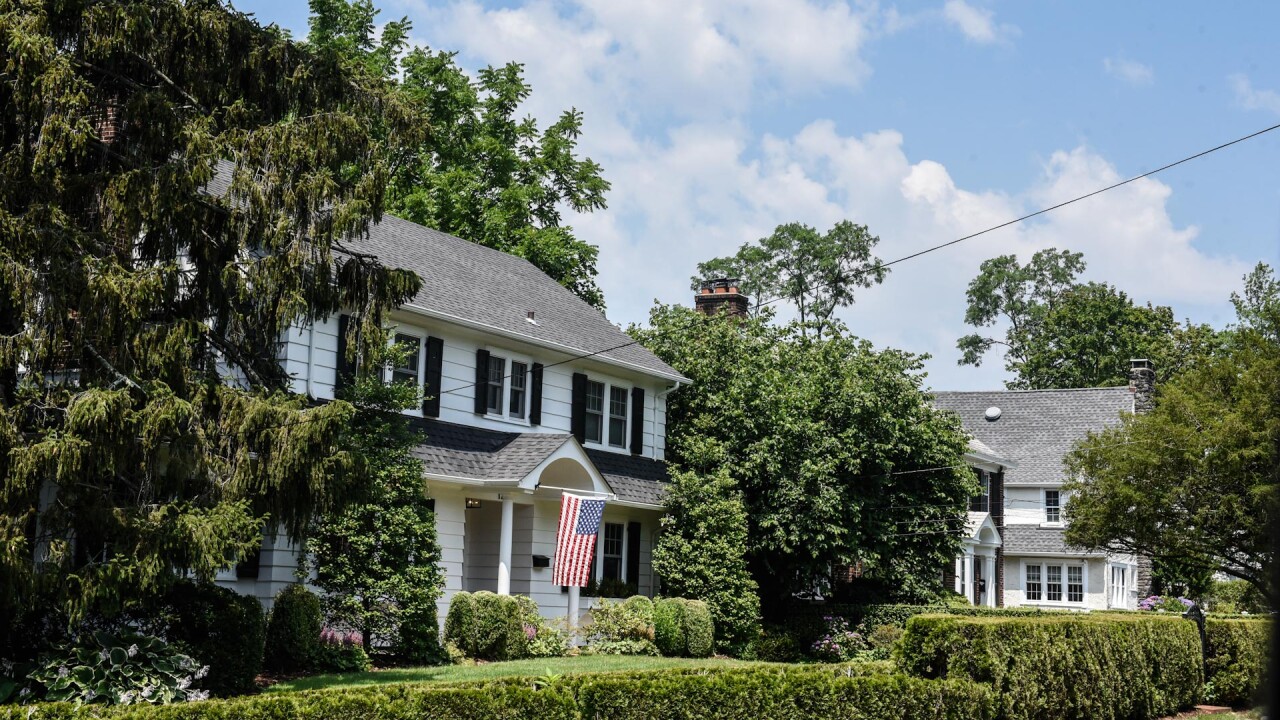They call it the "L-pocalypse."
The planned 15-month shutdown of the Canarsie Tunnel for reconstruction, suspending the L-line subway service between Manhattan and Brooklyn, has many New York commuters' fates hanging in the balance and shines a spotlight on transit and city officials.

The Metropolitan Transportation Authority issued a $477 million contract for the work, which the authority expects to begin in April. An estimated 7 million gallons of corrosive salt water drenched the East River tunnel when Hurricane Sandy struck in October 2012.
Under scrutiny are the crisis-riddled, state-run MTA and its relations with the city; the city's street-centric mitigation efforts; the expansion of alternative transportation such as bicycles and ferries; and both MTA and city project management.
The L line carries 400,000 riders overall on weekdays, including 225,000 between Manhattan and Brooklyn. If stand-alone, it would be North America's 10th-largest system.
MTA New York City Transit president Andy Byford and city transportation Commissioner Polly Trottenberg, who are collaborating on a mitigation plan, answered a multitude of questions from City Council members on Wednesday.
"Think of it as tough love," council Speaker Corey Johnson said at Yeshiva University's Cardozo School of Law in Lower Manhattan. "This is happening at a time when people's trust in mass transit, and the MTA in particular, are already low."
The MTA, one of the largest municipal issuers with roughly $38 billion in debt, will close six of the 24 L-line subway stations, including five in Manhattan.
"We have to get this right," said Byford, who arrived in January and has inherited an MTA legacy of major capital projects that have run way late and far over budget.
Johnson referenced problems with the Fulton Street station renovation, the No. 7 line extension to Hudson Yards and the new Second Avenue subway line.

"There better be a hard stop at 15 months and not go longer than that," Johnson said of the tunnel work.
Byford said he was certain by "95% or even north" that the project would be on time, or even early. He cited extensive scoping by the authority, previous tunnel-overhaul experience and the carrot-and-stick agreement with contractors Judlau Contracting and TC Electric.
"There's an incentive package if they are early, and a very punitive regime if they finish late," said Byford.
Judlau, in line for an additional $15 million if it finishes early, has further incentive to deliver, Byford added.
"They haven't had the best of reputations with my board," said Byford. "They've been very keen to get their reputation back. They're very keen to be seen as a preferred bidder again."
While
Byford, citing the MTA's statistical modeling, expects 79% of affected riders to take other subway lines, 17% to take interborough buses and 4% to take ferries.
"What if the models are wrong?" said Johnson.
Department of Transportation plans, said Trottenberg, include making east-west 14th Street a busway from 5 a.m. to 10 p.m. daily to limit auto traffic while allowing for local access.
"There's no way we can say there's not going to be a congestion effect," said Trottenberg. "There clearly is."
The Williamsburg Bridge will have high-occupancy-vehicle, or HOV lanes, also for 17 hours daily. Other DOT strategies include additional bus lanes for interborough routes, bicycle network connections and one-way bike lanes on 12th and 13th streets.

Responding to council member Antonio Reynoso from Brooklyn, Trottenberg said her department is flexible enough to adjust on busway, HOV hours and other moves.
Mayor Bill de Blasio said Wednesday that the city had reached an agreement with Motivate, the operator of the Citi Bike bicycle rental system, to add 1,250 bikes -- about a 10% increase -- and 2,500 docking points in Manhattan, as well as in Williamsburg, a Brooklyn neighborhood heavily affected by the L shutdown.
Citi Bike, which launched in 2013, also announced plans to temporarily expand valet services and offer riders a temporary “shuttle” service over the Williamsburg Bridge on its new pedal-assist bikes.





